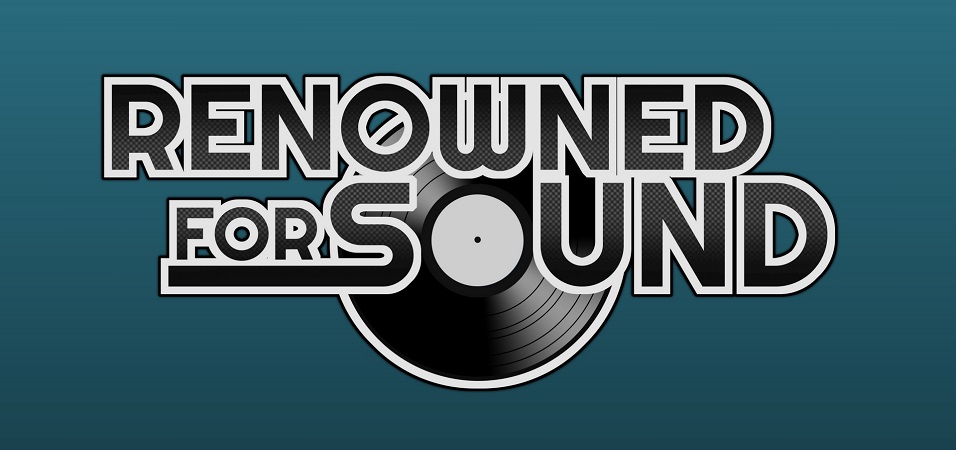Album Review: Jim Kroft – Lunatic Lullabies
2 min read
Lunatic Lullabies, the third studio album by Jim Kroft has had a long, turbulent journey.
EMI signed the Scottish singer-songwriter and initially issued Lunatic Lullabies in 2013. Sadly, this came just as it was taken over completely by Universal Music, meaning that EMI soon stopped promoting Kroft and all other newcomers.
 Despite this devastating blow, the Berlin-based musician has successfully reissued his album for listeners in the UK and the rest of the world to finally experience.
Despite this devastating blow, the Berlin-based musician has successfully reissued his album for listeners in the UK and the rest of the world to finally experience.
Kroft’s reedy voice is an uncanny hybrid of David Bowie, George Harrison and Duran Duran co-founder Stephen Duffy. However, Kroft more than matches their songwriting abilities with the brilliant album opener See How The Darkness Grows.
This absolute gem of a tune features uplifting melodies, an unforgettable chorus (‘already ending! already ending!’), ornate yet not overdone guitar riffs, a kicking rhythm section and glorious harmonies recalling the Harrison-written Beatles track If I Needed Someone. However, the final chorus goes beyond excellence as multiple vocal layers effortlessly conjure a sense of spinning, confusion and obsession. This track is therefore a hard act to follow.
Another highlight is the airy, mostly acoustic Through My Weakness, which doesn’t waste a second. Hooks abound in the chorus (‘learn how to love, learn how to give…don’t you know you gotta see’), and the song carries a strong momentum that begs to be heard.
The album effectively ventures towards the sinister, with selections like the sardonic yet playful Tell Me (Where To Begin), the unnerving There’s Something Missing, the light-hearted, sarcastic swing of Loneliness Of The Vampire and the surprisingly downbeat, heavy-metal-inflected Celebrate.
The more electronic tracks like the New-Wave influenced Hooligan Army and Bye Bye The Elbe do a new spin on New Order and Dark Side of the Moon-era Pink Floyd respectively. Listeners can close their eyes and simply absorb the music on the slower, more organic tracks like Threads (which evokes sunrise, innocence and ‘snowy fields’) and Memory Lane (a pleasant, poppy love song tinged with regret and heartbreak suited to a slow dance).
Ironically, it is the ‘happy’ closer Dreaming To Some Purpose that may be the most disposable track of the album. Fortunately, this is only because the other songs carry a pathos that tends to be more memorable to listeners.
Overall, Lunatic Lullabies is a songwriting triumph. It would have been a shame for Jim Kroft had the album been forgotten after the EMI takeover. This album deserves to be heard and appreciated.



